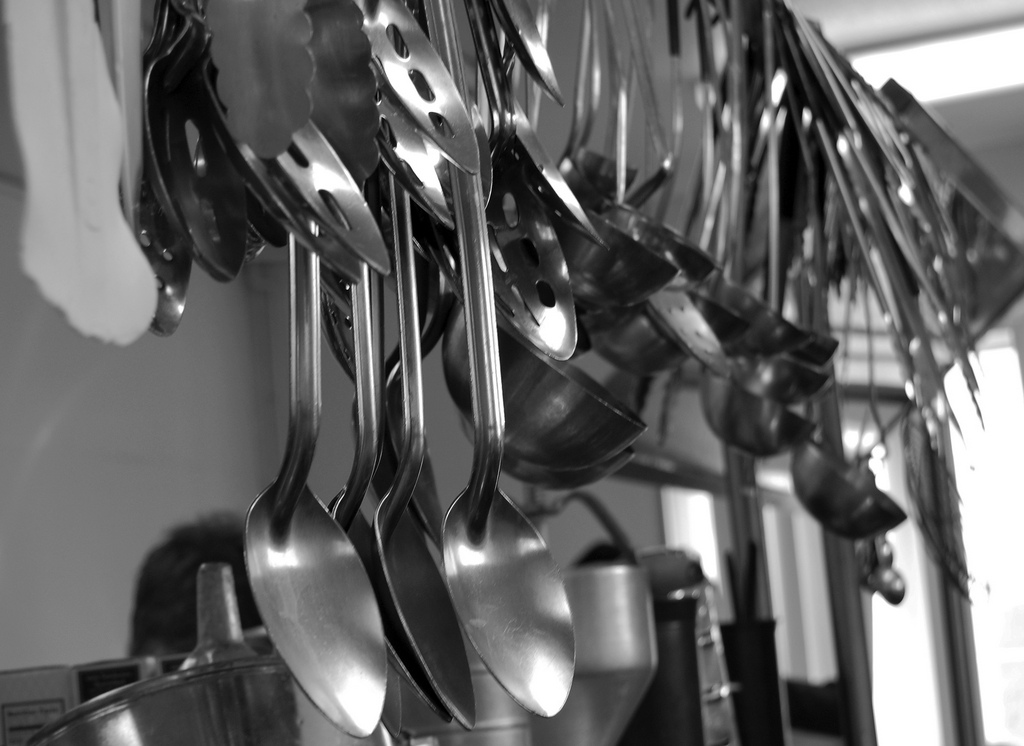
We are constantly surrounded by concrete, and most of the time we take it for granted that his grey material has always been there, and always will. Yet for those who are interested, concrete has an interesting history, and since it was first used, it has provided people with so much. Concrete is basically a form of aggregate (small stones) that is bound together with cement, and it is very strong and durable, making it ideal for construction.
Early Forms of Concrete
More than 6,000 years ago, Bedouins in the deserts of what is now Jordan and Syria, used concrete-like materials, such as hydraulic lime, and soon developed a kiln to supply mortar for house construction, and more importantly, to create secret water containers underground, and some of these can still be seen today. Modern concrete is far removed from the early forms, and if you require concrete today, you will also need steel rebar, which can be supplied by https://www.bestbar.com.au/, Australia’s leading rebar supplier.
Romans and Egyptians
Both these civilisations used basic forms of concrete, and they soon learned that mixing volcanic ash with the concrete allowed it to set underwater. Horse hair was used to prevent the concrete from cracking while it was in the process of setting, and by adding blood, the concrete became more resistant to frost. These methods were the result of many generations of trial and error, and eventually, lime mortars found their way into Europe.
The Roman Empire
The vast expansion of the Roman Empire brought with it a new material for building, and concrete soon became the best way to build a structure. Arches, domes, and vaults were all created using the revolutionary material, and although it had a higher tensile strength than modern concrete, it could only be used in certain situations. When the Roman Empire fell, the use of concrete was largely forgotten, and it remained that way until the 14th century, when the use of cement began to emerge again.
The Industrial Revolution
This sparked the revival and subsequent development of concrete, with hydraulic lime being used, and stones as aggregate. Portland cement was discovered, and then came the big jump, reinforcement, which gave the concrete tensile strength, and made it suitable for heavy stress environments. The first large dams in America were built using reinforced concrete, and this very much set the trend for future construction.
Steel Mesh
Reinforcing steel mesh is a development from the thicker rebar, and as it can be of any diameter, and can also be attached to other sections by wire, steel mesh is the most popular way to provide the essential support for a concrete structure. Sections of mesh can be created off-site and transported, then fixed into place by attaching it to other sections of the structure. With many steel rebar sections, all connected to one another, this gives the concrete the tensile strength it needs, and with both concrete and steel having similar properties, in terms of contraction and expansion, which makes them ideal partners.
Modern concrete is very specific in its properties, and with so many variations, there is something to suit every task. Colours and finishes provide some attractive alternatives to the traditional grey, and with modern rebar, there isn’t anything that concrete can’t achieve.









